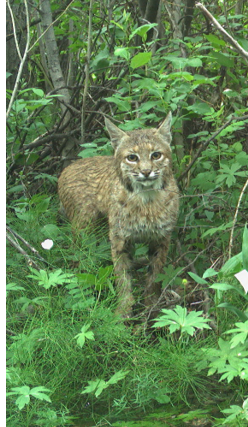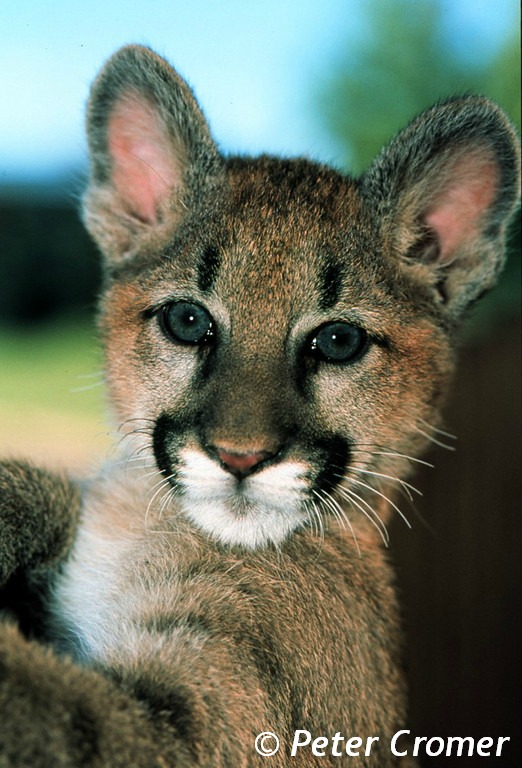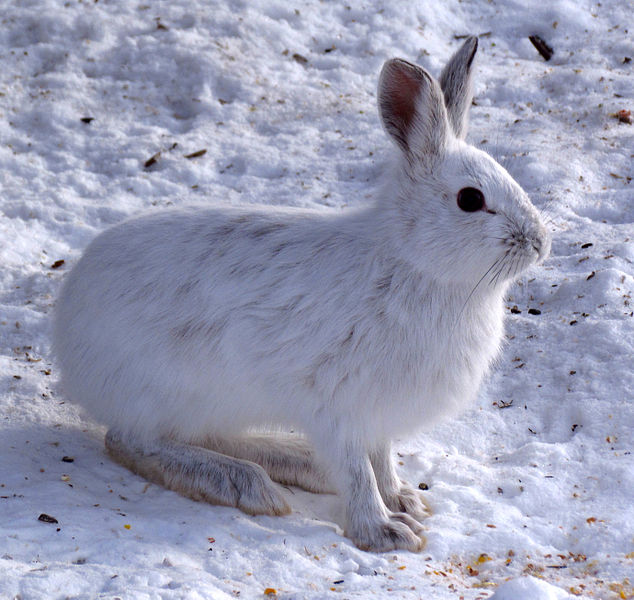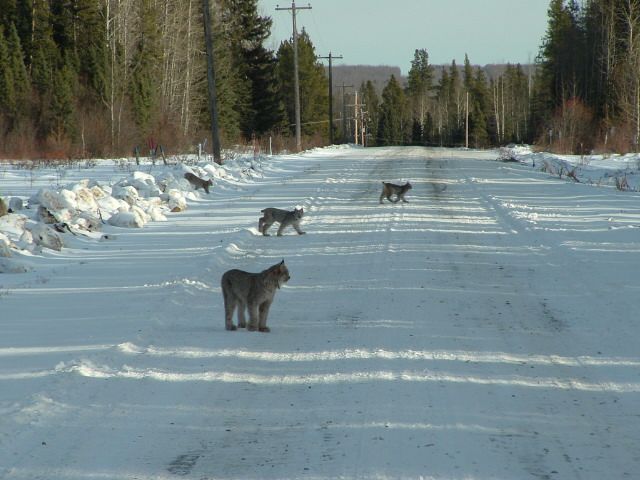By Sara Jordan-McLachlan 2021
 Abstract
Abstract
As human populations continue to grow and move into city centers globally, historic wildlife habitat is being brought into the urban matrix. Increasingly, cities are acknowledging that biodiversity is important for supporting ecological resilience and the well being of citizens. There is a need to understand how species navigate the human-dominated landscape in the face of continuous global change. In Alberta, bobcats (Lynx rufus) are suspected to be expanding their historic range to inhabit new areas including the City of Calgary. Using citizen observations reported to the City and remote camera data, my research sought to understand where bobcats are being seen in the city, how those observations have changed over time and how they relate to an ecological network delineated to support wildlife movement. A total of 4599 bobcat observations to the City of Calgary from May 1, 2005 to July 31, 2020 were included in analysis. Results show a clear increase in bobcat observations over time with a corresponding increase in area covered. Bobcat observations were in or near the ecological network. My study highlights: the importance of green spaces to support biodiversity; the benefits of Calgary’s ecological network in supporting animal movement; and provides information to increase ecological literacy. Continued studies of urban wildlife including bobcats will provide guidance for the City of Calgary to achieve the goals in their Biodiversity Strategic Plan and Municipal Development Plan, ensuring support for non-human wildlife by prioritizing expansion and conservation of high-quality habitat and habitat connectivity.


